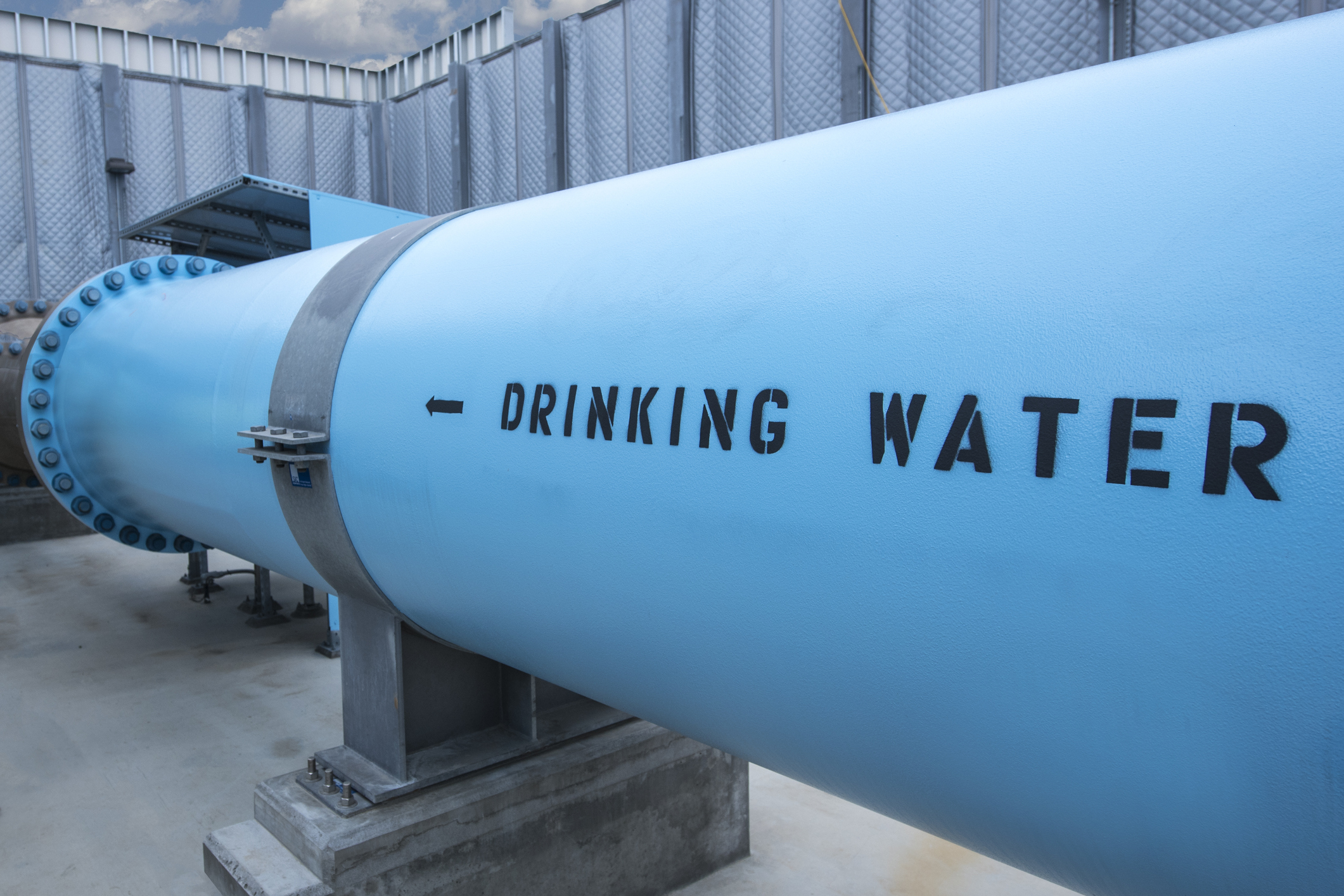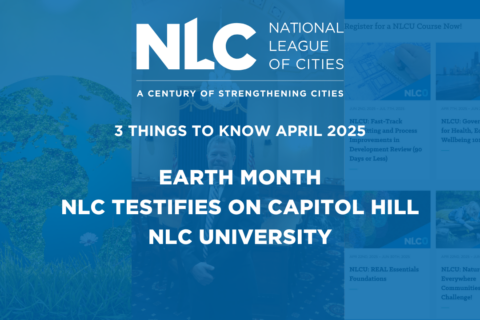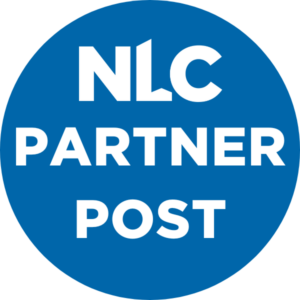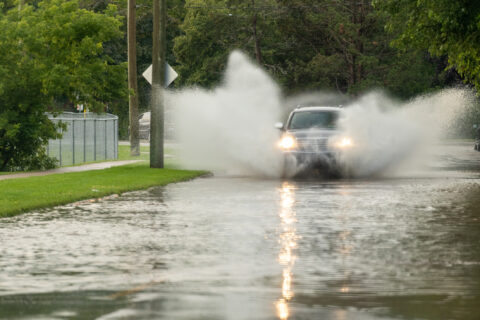Co-authored by NLC intern Maeghen Goode
Ensuring safe drinking water is a top priority for communities nationwide. Addressing lead service lines (LSLs) is a critical part of that effort. To support local governments, utilities and community leaders in managing lead risks and complying with the recent Lead and Copper Rule Revisions (LCRR) and Lead and Copper Rule Improvements (LCRI) from the U.S. Environmental Protection Agency (EPA), NLC produced two new fact sheets:
- Identification, Monitoring & Replacement Regulations for Lead Service Lines (PDF): An overview of key federal and state regulations, best practices for LSL identification and compliance strategies for monitoring and replacement.
- Public Communication & Risk Management for Lead Service Lines (PDF): A guide to effectively informing residents about lead risks, building public trust and managing communication strategies.
These resources will help communities proactively address lead in drinking water, meet regulatory requirements and engage the public in meaningful ways. Visit NLC’s resource page to learn more and download these fact sheets to support your local efforts.
Identification, Monitoring & Replacement Regulations for Lead Service Lines
Identification, Monitoring & Replacement Regulations for Lead Service Lines has three components. The first — Inventorying Service Lines — outlines new regulatory requirements under the LCRR and the LCRI for community water systems. The second — Lead Action Level Exceedance & Sampling — outlines upcoming changes to the original 1991 Lead and Copper Rule that lowers the lead action level from 15 parts per billion (ppb) to 10 ppb starting November 1, 2027. Finally, the last section describes the LCRI’s guidelines for community water systems to update their lead service line replacement plan as the community makes progress on replacing all lead service lines.
In short, local governments and water systems face significant financial and logistical challenges under both the LCRR and the LCRI. The mandates require prioritizing vulnerable communities, maintaining transparency through annual updates and public access to inventories plus implementing equitable funding strategies to support full lead line replacements. Failure to comply could result in increased public health risks, regulatory penalties and heightened community concerns over lead exposure.
Public Communication & Risk Management for Lead Service Lines
Public Communication & Risk Management for Lead Service Lines is broken down into two parts. The first deals with federal requirements regarding public notification. This section highlights important communication standards such as appropriate language and contact strategies, required response time for informing the public about water quality violations or potential health risks and guidelines for notification criterion which includes temporal and explanatory considerations.
The second section focuses on building public trust and managing messaging. This section highlights the critical role local governments play in meeting public notice requirements, educating residents about risks, minimizing undue panic and dispelling misinformation. Effective communication ensures that communities receive timely and accurate information about water quality issues, fostering trust and encouraging proactive measures. Local governments should tailor their messaging to be clear, accessible and culturally relevant. By addressing concerns transparently and providing actionable guidance, local leaders can help residents make informed decisions while preventing the spread of fear or confusion.
Federal Funding, Financing and Technical Assistance Opportunities for Local Governments
Drinking Water State Revolving Fund (DWSRF): DWSRF funding can be used for projects that help local governments comply with federal drinking water regulations or significantly advance the Safe Drinking Water Act’s public health objectives. Eligible uses include service line identification, lead testing, education, planning, complete service line replacement, corrosion control optimization and interim and emergency protocols. Applications differ by state and contact information for each state’s DWSRF point of contact can be found here.
Water Infrastructure Finance and Innovation Act (WIFIA): EPA’s WIFIA loan program provides low-cost, long term supplemental credit assistance for water infrastructure projects. Eligible entities include local, state and tribal governments, joint ventures, State Revolving Fund programs, as well as trusts and corporations.
Community Development Block Grant (CDBG): The U.S. Department of Housing and Community Development’s CDBG program provides flexibility for state and local governments to use these funds for a range of purposes that will support local community development needs, including replacing lead service lines.
Rural Development Fund: Rural communities may use grants offered through the U. S. Department of Agriculture’s Rural Development Fund to pay for lead service line replacement, including the Housing Preservation Grant Program and the Special Evaluation Assistance for Rural Communities and Households Program.
Reducing Lead in the Drinking Water Grant: This competitive grant is open to community water systems, municipalities and non-transient non-community water systems among others. Eligible projects are those that reduce lead in drinking water in disadvantaged communities and/or in schools and childcare facilities.
Small, Underserved and Disadvantaged Communities Grant: This program awards non-competitive grants to states to in turn provide grants to public water systems in small, underserved and disadvantaged communities to help meet Safe Drinking Water Act standards. Read more about eligibility and how the Safe Drinking Water Act defines “small,” “underserved” and “disadvantaged” here.
Water Finance Clearinghouse: EPA’s Water Finance Clearinghouse is designed to help communities find available funding opportunities for local water infrastructure needs, as well as additional reports, webinars and resources on financing mechanisms and strategies to fund water infrastructure projects.
Lead Service Line Replacement Financing Case Studies: EPA’s webpage of case studies highlights how cities across the country have financed lead service line replacements through various sources. Additionally, the NLC fact sheets highlight case studies from Lancaster, PA; Chelsea, MA; and North Chicago, IL that showcase municipalities who are trailblazers for lead removal and service line replacements.
Get the Lead Out Initiative: The EPA’s Get the Lead Out (GLO) Initiative provides technical assistance to communities, prioritizing historically underserved areas. It aims to accelerate lead pipe removal, improve access to federal funding and advance the goal of eliminating lead pipes from water systems nationwide.









